NRSG258 Acute Care 1: Applying Australasian Triage Scale to a Case
VerifiedAdded on 2023/06/14
|5
|1070
|470
Case Study
AI Summary
This case study provides an analysis of the Australasian Triage Scale (ATS) and its application in an emergency department setting, specifically focusing on a patient named Matt who sustained severe injuries from a quad bike accident. The assignment begins by explaining the purpose and categories of the ATS, highlighting its role in prioritizing patients based on the urgency of their medical condition. It details the five ATS categories, ranging from immediate life-threatening conditions (ATS 1) to minor chronic situations (ATS 5), and their corresponding performance thresholds. The case study then assesses Matt's condition, categorizing him as ATS 1 due to the severity of his injuries, including a fractured tibia and fibula, potential for significant blood loss, and neurological assessment score of 15. Immediate medical intervention, including surgery, is deemed necessary to improve Matt's condition. The assignment concludes by referencing relevant research articles that discuss the reliability and validity of the ATS, as well as its potential limitations and areas for improvement in clinical practice.
1 out of 5
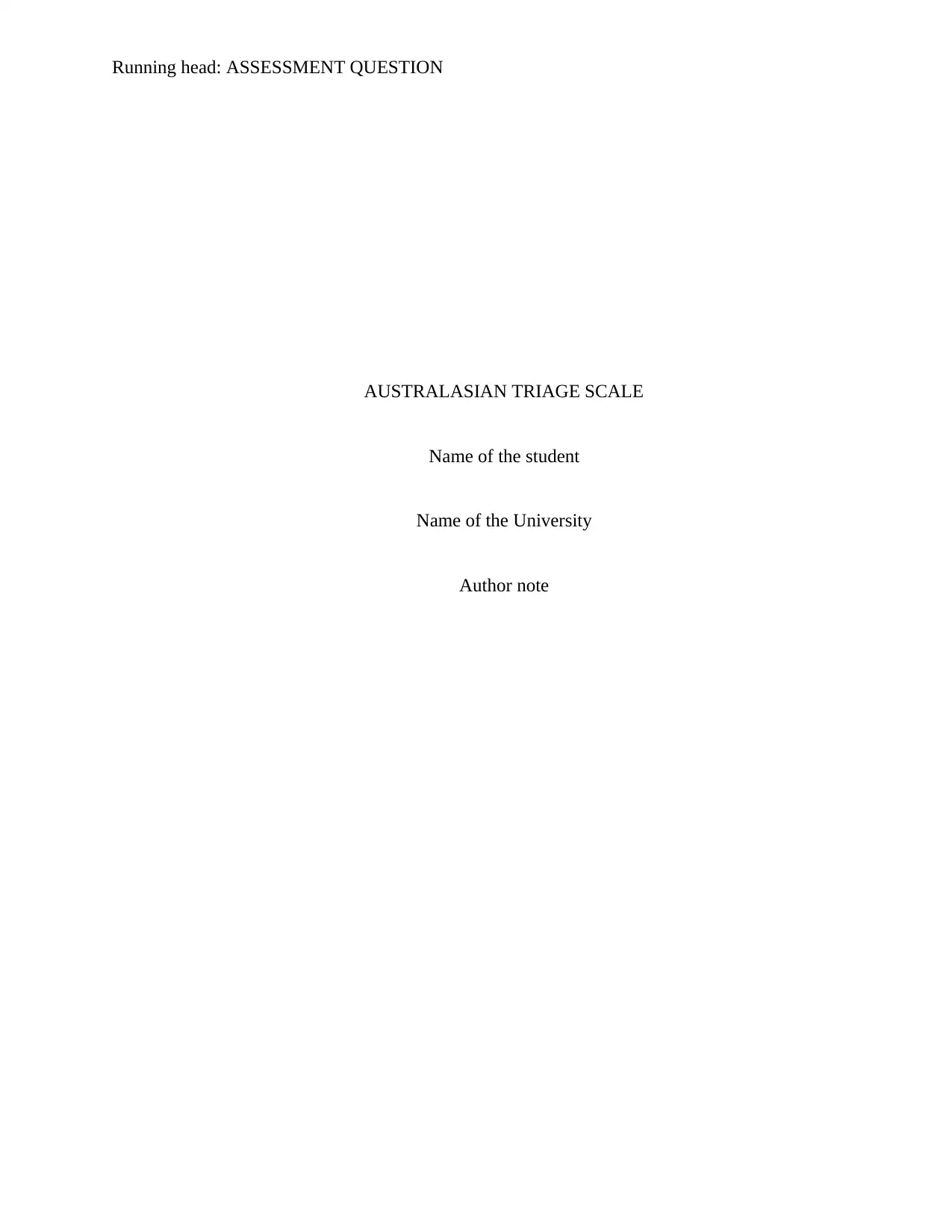
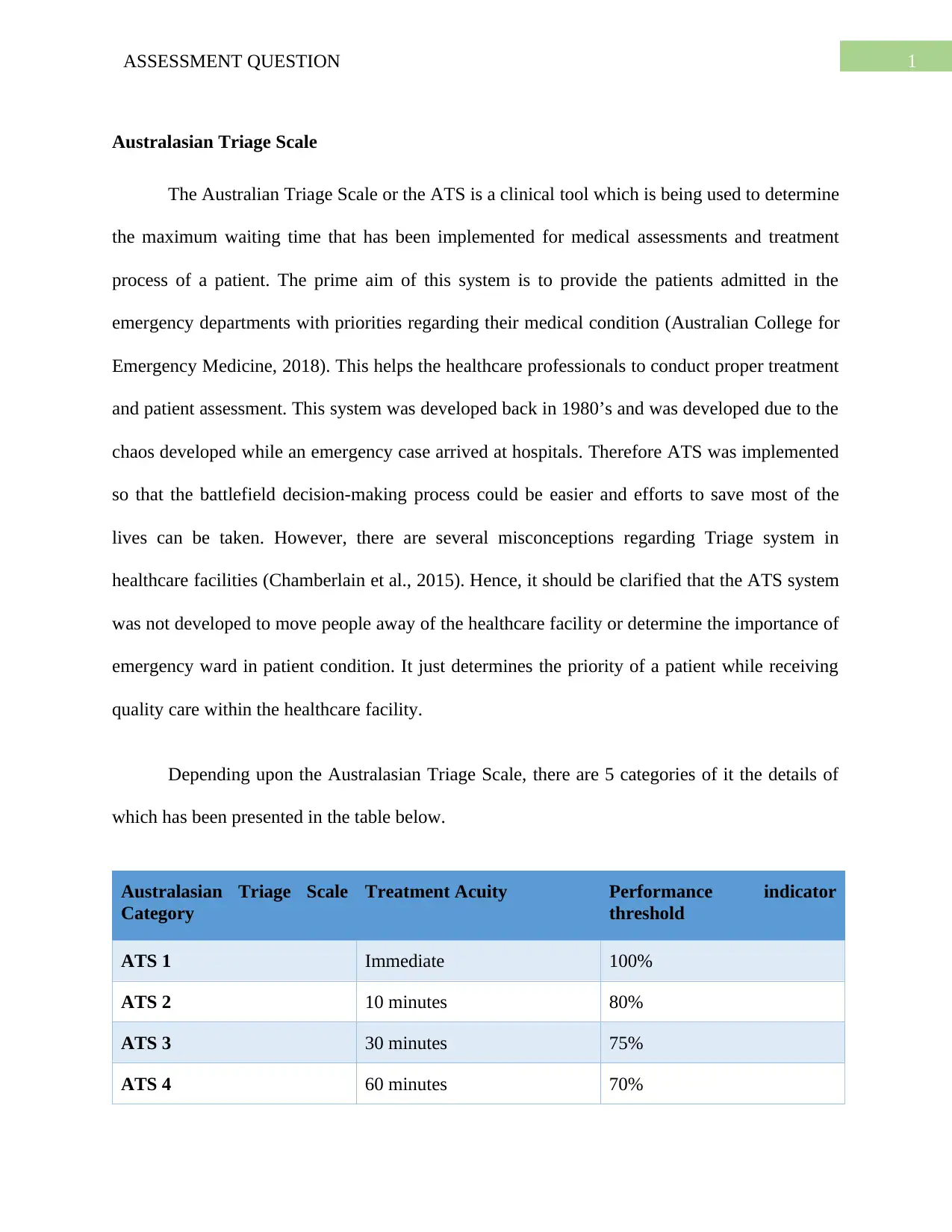
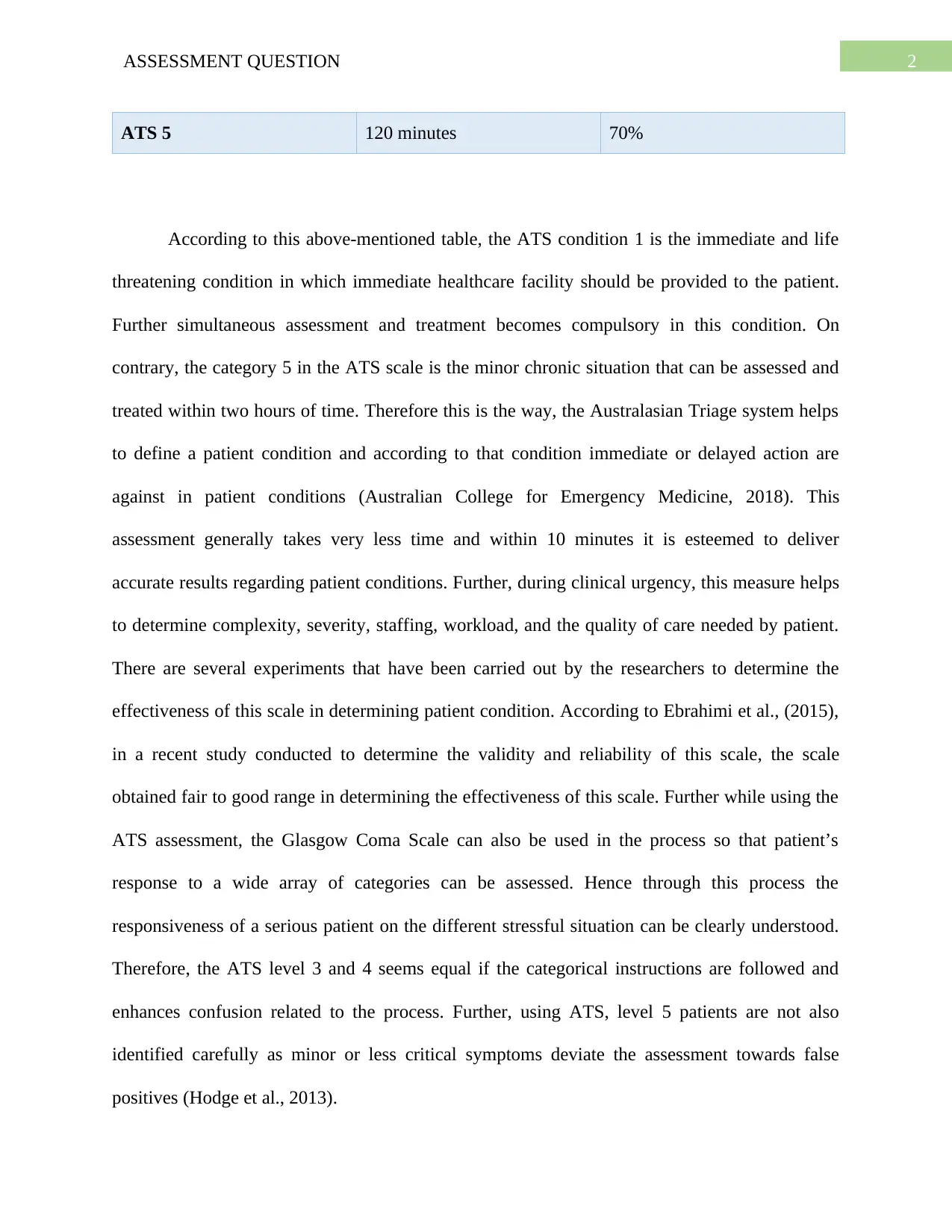

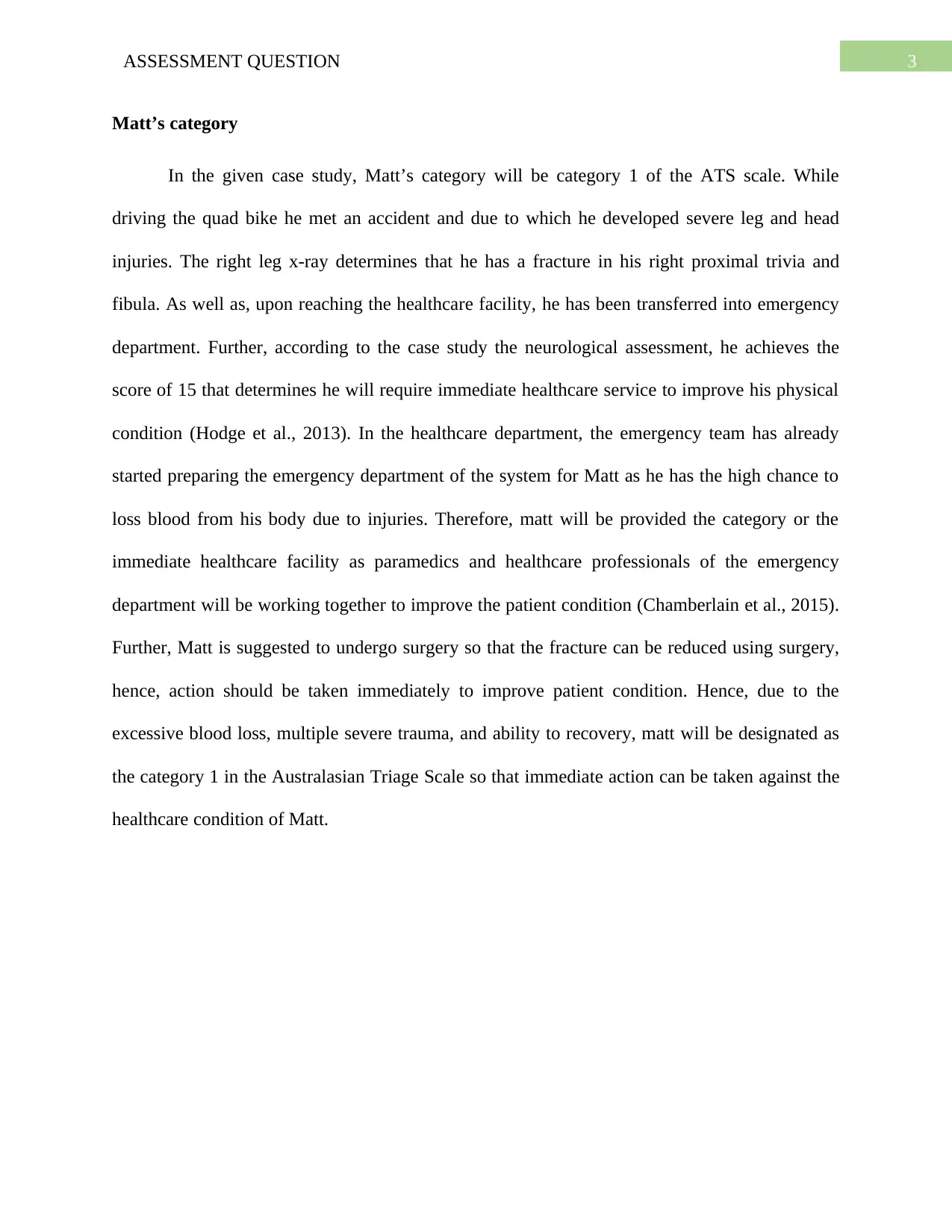
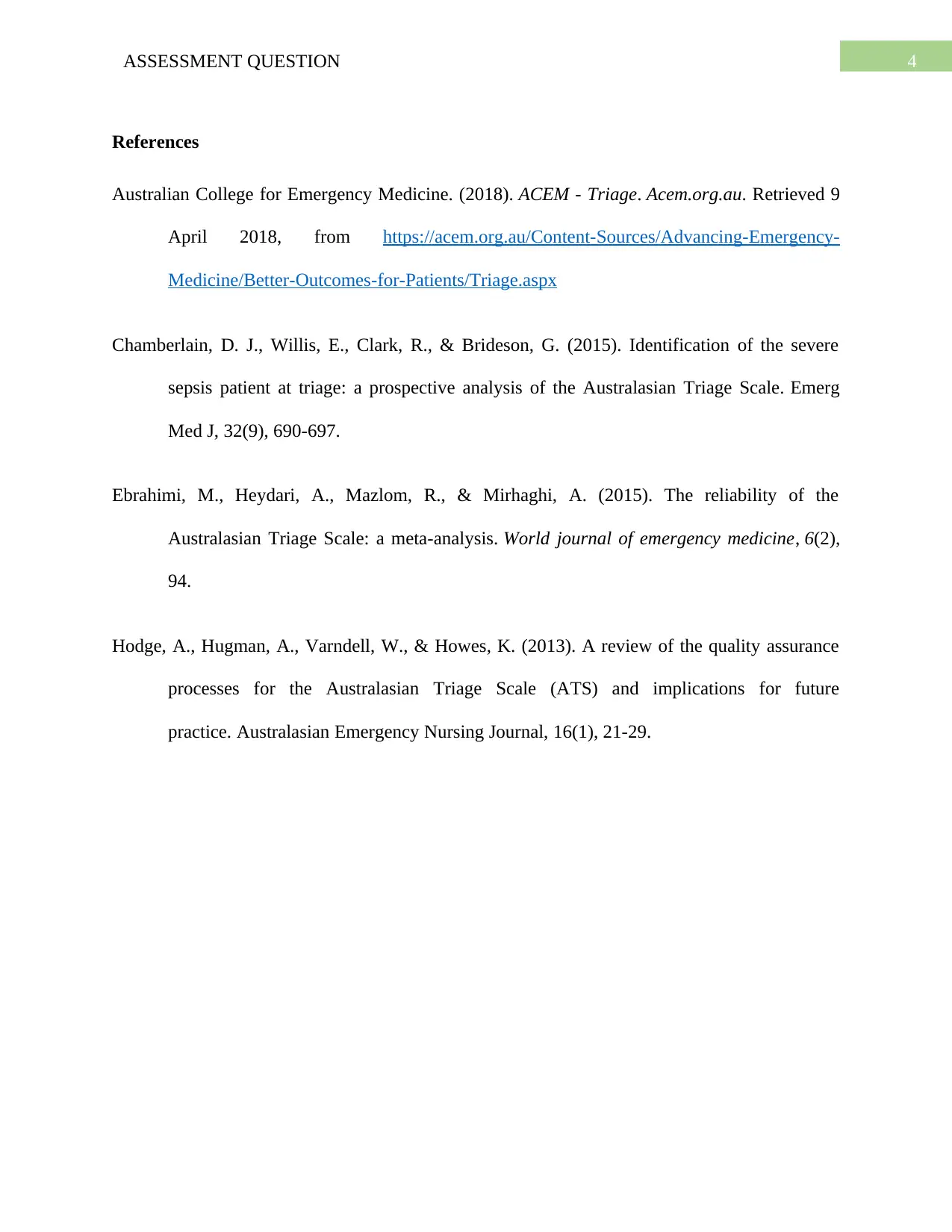






![[object Object]](/_next/static/media/star-bottom.7253800d.svg)